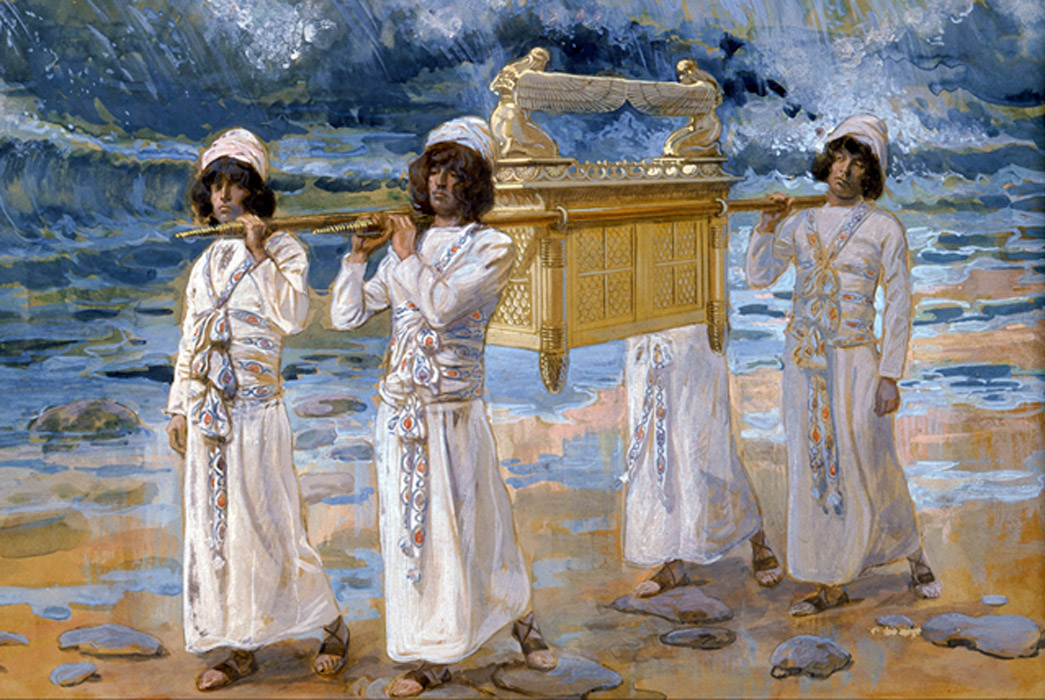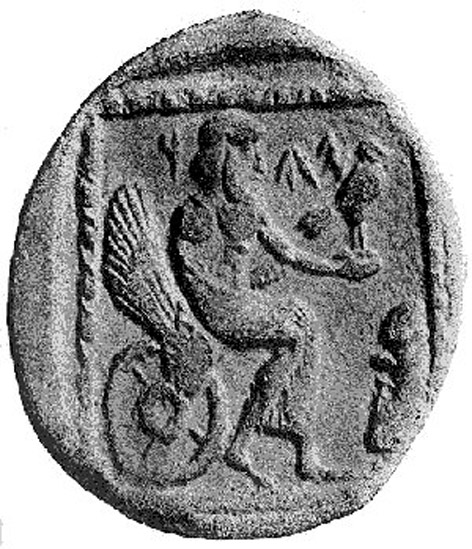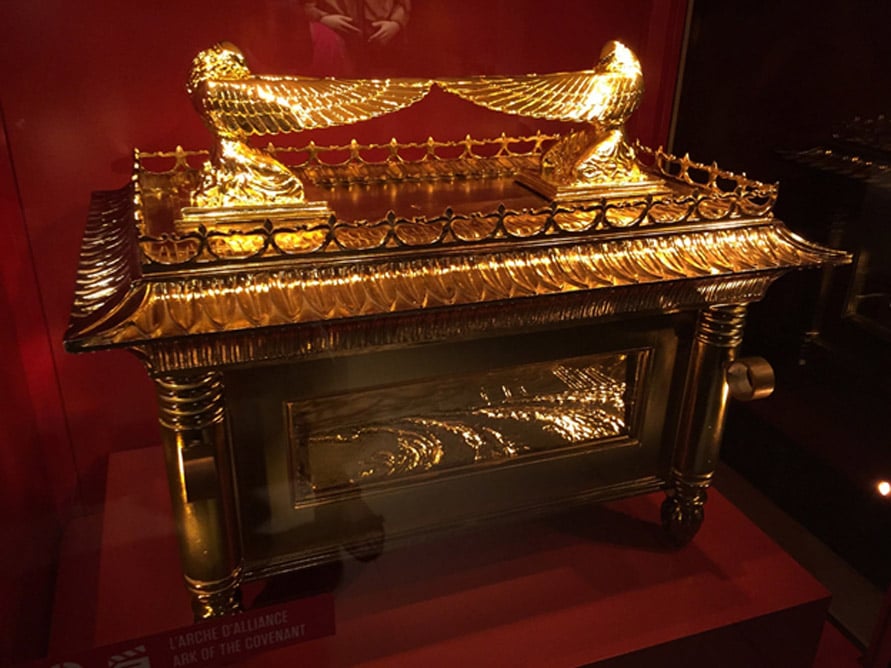
Ark of the Covenant: A Weapon, A Throne, A Temple – Part I
The Ark of the Covenant, also known as the Ark of the Testimony, is one of history’s most intriguing ancient mysteries. According to Biblical sources, it was constructed after Moses had freed the Israelites from Egypt in the wilderness, and items of spiritual significant were placed in the chest. The Ark would serve as the observable sign of Yahweh’s (the Hebrew name of God) presence to the Israelites until it went missing after the Babylonian destruction of Jerusalem in 587 BCE.
Why the Ark?
According to Exodus 19:5-6 Yahweh made a covenant with the Israelites: “Now therefore, if ye will obey my voice indeed, and keep my covenant, then ye shall be a peculiar treasure unto me above all people: for all the earth is mine: And ye shall be unto me a kingdom of priests, and an holy nation. These are the words which thou shalt speak unto the children of Israel.” It was believed this covenant brought about the construction of the Ark.
Another reason for the Ark’s construction was political. The Israelites believed Yahweh to be their king, and by building it, gave them the ability to transport their monarchy were ever they went. This also made the Ark a military weapon. If Yahweh was their king/god, then he was their commander, which made the Ark a weapon. Therefore, the Israelites needed a symbol that they could look to and it put fear into the minds of their enemies. More on this later.

A 4th century BCE drachm (quarter shekel) coin from the Persian province of Yehud Medinata, possibly representing Yahweh seated on a winged and wheeled throne. An inscription lies on the face of the coin, either a Phoenician inscription on the coin reading "YHW" or an Aramaic inscription reading "YHD" (Public Domain)
The Construction of the Ark
According to the book of Exodus 25:10-22, construction of the Ark began at Mount Sinai:
Have them make an ark of acacia wood—two and a half cubits long, a cubit and a half wide, and a cubit and a half high. Overlay it with pure gold, both inside and out, and make a gold molding around it. Cast four gold rings for it and fasten them to its four feet, with two rings on one side and two rings on the other. Then make poles of acacia wood and overlay them with gold. Insert the poles into the rings on the sides of the ark to carry it. The poles are to remain in the rings of this ark; they are not to be removed. Then put in the ark the tablets of the covenant law, which I will give you.
Make an atonement cover of pure gold—two and a half cubits long and a cubit and a half wide. And make two cherubim out of hammered gold at the ends of the cover. Make one cherub on one end and the second cherub on the other; make the cherubim of one piece with the cover, at the two ends. The cherubim are to have their wings spread upward, overshadowing the cover with them. The cherubim are to face each other, looking toward the cover. Place the cover on top of the ark and put in the ark the tablets of the covenant law that I will give you. There, above the cover between the two cherubim that are over the ark of the covenant law, I will meet with you and give you all my commands for the Israelites.

A model of the Ark of the Covenant from biblical description (Blake Patterson/CC BY 2.0)





